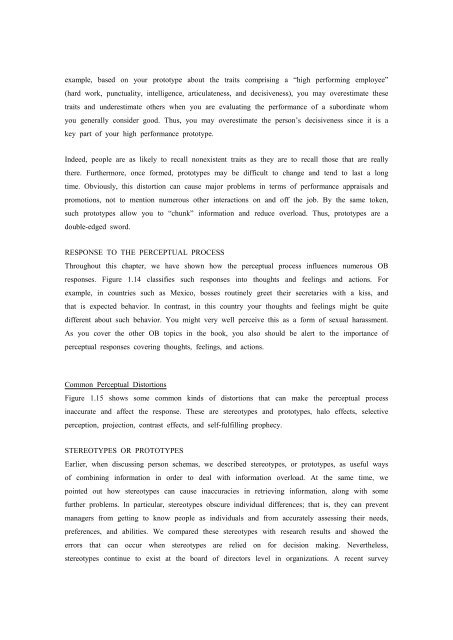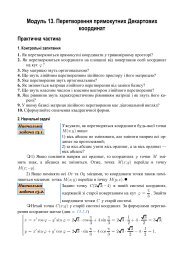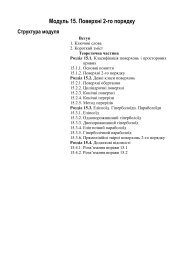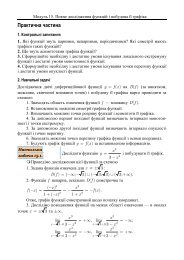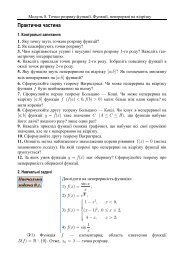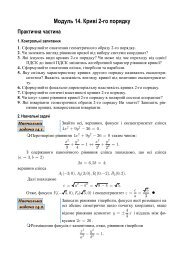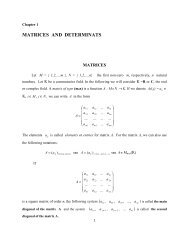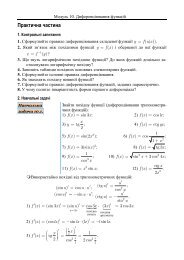4. Perception Understanding Key Concept - Uuooidata.org
4. Perception Understanding Key Concept - Uuooidata.org
4. Perception Understanding Key Concept - Uuooidata.org
You also want an ePaper? Increase the reach of your titles
YUMPU automatically turns print PDFs into web optimized ePapers that Google loves.
example, based on your prototype about the traits comprising a “high performing employee”(hard work, punctuality, intelligence, articulateness, and decisiveness), you may overestimate thesetraits and underestimate others when you are evaluating the performance of a subordinate whomyou generally consider good. Thus, you may overestimate the person’s decisiveness since it is akey part of your high performance prototype.Indeed, people are as likely to recall nonexistent traits as they are to recall those that are reallythere. Furthermore, once formed, prototypes may be difficult to change and tend to last a longtime. Obviously, this distortion can cause major problems in terms of performance appraisals andpromotions, not to mention numerous other interactions on and off the job. By the same token,such prototypes allow you to “chunk” information and reduce overload. Thus, prototypes are adouble-edged sword.RESPONSE TO THE PERCEPTUAL PROCESSThroughout this chapter, we have shown how the perceptual process influences numerous OBresponses. Figure 1.14 classifies such responses into thoughts and feelings and actions. Forexample, in countries such as Mexico, bosses routinely greet their secretaries with a kiss, andthat is expected behavior. In contrast, in this country your thoughts and feelings might be quitedifferent about such behavior. You might very well perceive this as a form of sexual harassment.As you cover the other OB topics in the book, you also should be alert to the importance ofperceptual responses covering thoughts, feelings, and actions.Common Perceptual DistortionsFigure 1.15 shows some common kinds of distortions that can make the perceptual processinaccurate and affect the response. These are stereotypes and prototypes, halo effects, selectiveperception, projection, contrast effects, and self-fulfilling prophecy.STEREOTYPES OR PROTOTYPESEarlier, when discussing person schemas, we described stereotypes, or prototypes, as useful waysof combining information in order to deal with information overload. At the same time, wepointed out how stereotypes can cause inaccuracies in retrieving information, along with somefurther problems. In particular, stereotypes obscure individual differences; that is, they can preventmanagers from getting to know people as individuals and from accurately assessing their needs,preferences, and abilities. We compared these stereotypes with research results and showed theerrors that can occur when stereotypes are relied on for decision making. Nevertheless,stereotypes continue to exist at the board of directors level in <strong>org</strong>anizations. A recent survey


